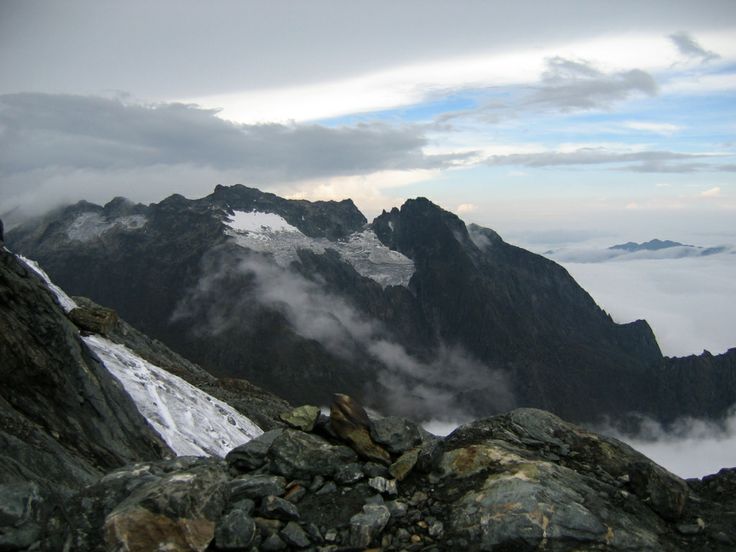Mount Speke
Mount Speke, which derives its name from the renowned British explorer John Hanning Speke, is a recognized summit within the Rwenzori Mountain range in Uganda. Mount Speke is situated in the mount Rwenzori national park , which is recognized as a UNESCO World Heritage Site due to its remarkably breathtaking beauty and rich wildlife.
Geography and Location of Mount Speke
Mount Speke has an altitude of 4,890 meters (16,043 feet) above sea level, which makes it the second tallest peak in the Rwenzori mountains, only surpassed by Mount Stanley. It is located in the western part of Uganda, in close proximity to the border with the Drc. The Rwenzori Mountains, also known as the Mountains of the Moon, are recognizable by their unique glacier summits, alpine flora, and abundance of waterfalls and lakes.
Ascending Mount Speke offers an enormous obstacle due to its treacherous topography, capricious climatic conditions, and lofty elevation. The predominant path to reach the peak is along the Central Circuit Trail, commencing at the park headquarters in Nyakalengija. Climbers usually undertake a multi-day expedition, traversing deep jungles, bamboo areas, and alpine meadows before reaching the high-altitude glaciers at the summit.
The slopes of Mount Speke harbor a wide range of flora and fauna species that have evolved to thrive in the mountainous habitat. The lower elevations are characterized by abundant rainforests that are rich in biodiversity, hosting primates such as chimpanzees and colobus monkeys, as well as a variety of bird species. As climbers progress to greater altitudes, the vegetation undergoes a change to alpine heath and moorland. This new environment is characterized by the presence of distinctive plant species like huge lobelias and groundsels scattered across the terrain.

Cultural Significance:
The Rwenzori Mountains are of great cultural importance to the indigenous Bakonjo and Bamba populations, who have resided in the area for countless generations. These tribes possess a wealth of cultural legacy, encompassing ancient beliefs, ceremonies, and practices that are intricately connected to the mountainous terrain. The indigenous people hold Mount Speke, along with the other peaks of the Rwenzori Range, in high reverence due to its holy significance.
The establishment of the Rwenzori Mountains National Park in 1991 aimed to safeguard the distinct biodiversity and ecosystems of the area. Continual conservation efforts are being made to protect the fragile ecosystems of Mount Speke and its surrounding environment. Visitors are urged to follow stringent standards to limit their impact on the delicate alpine habitat, which includes appropriate waste management and responsible trekking methods.
In conclusion, Mount Speke provides adventurers and environment enthusiasts with a unique chance to explore one of Africa’s most awe-inspiring mountain ranges. The act of ascending Mount Speke, whether through dense jungles, steep alpine terrain, or admiring the breathtaking views from the peak, is guaranteed to have a profound impact on anyone who embarks on this adventure.
